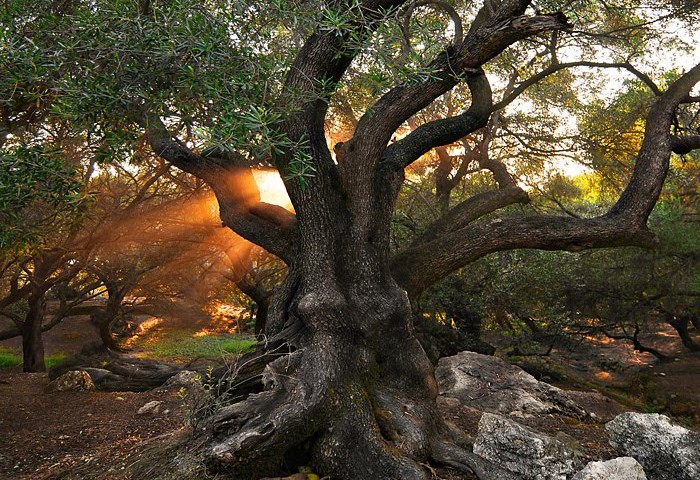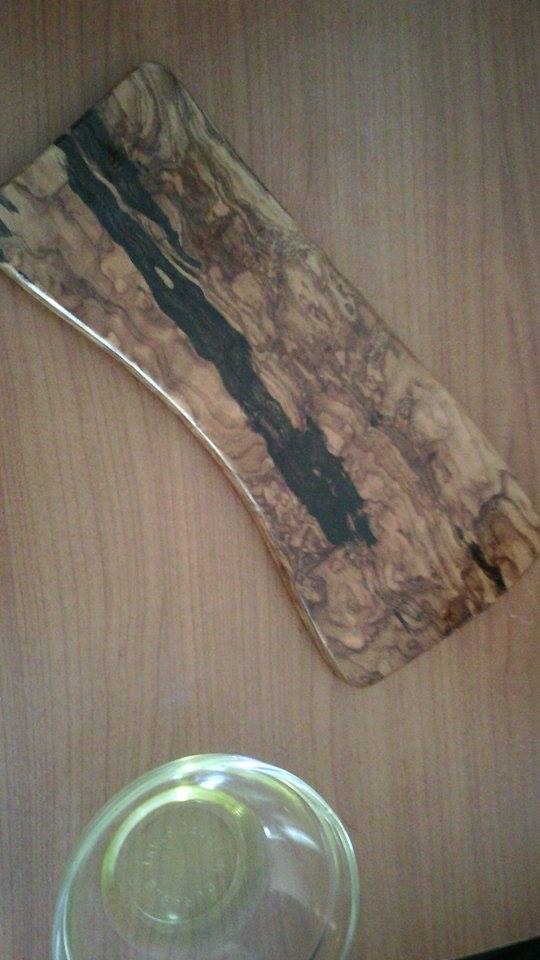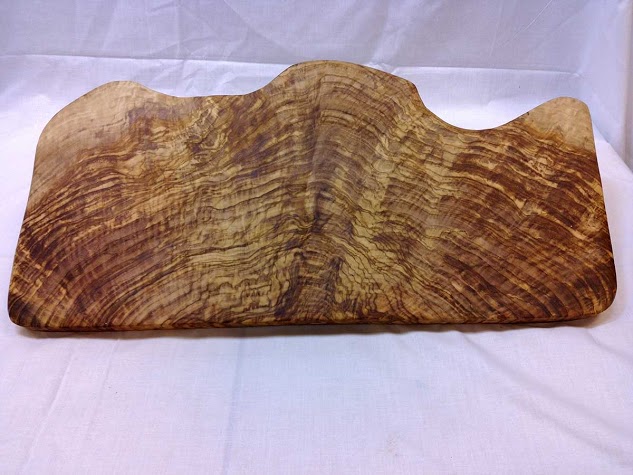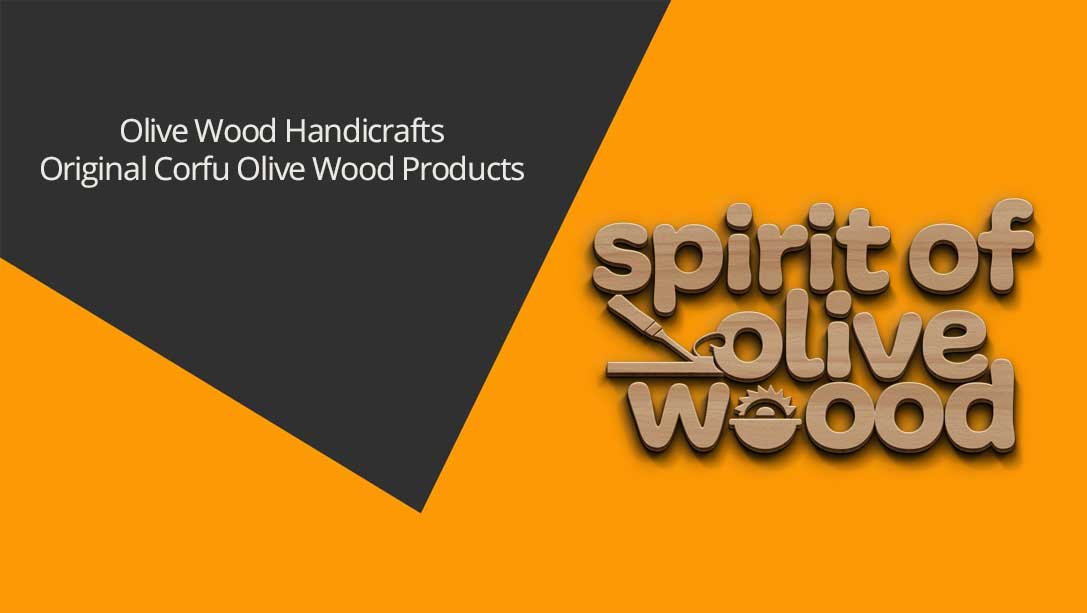Olea europaea – the one about the tree

Spirit of olive wood – Traditional Handicrafts
15/12/2015
Olea europaea – the one about the wood
12/01/2016When do you think about the olive tree, what comes in your mind?
For me, the thought of olive tree carries dusted memories from my childhood, wandering around my grandfather’s fields where he cultivated olive trees, my family gathering the olives from the ground, the smell of the olive oil, the pureness of the freshly cut olive wood, homemade food, raki and olives for appetizer with fresh bread, and the list goes on and on.
Olive tree was, and still is , a symbol in Greece, even from Ancient Times. Many ancient poets have adorned its strength, its beauty and its fruit with healing properties. The olive branch was often a symbol of abundance, glory and peace. The leafy branches of the olive tree were ritually offered to deities and powerful figures as emblems of benediction and purification, and they were used to crown the victors of friendly games and bloody wars. Although we do not believe in its magic power, like ancient Greeks did, we still admire the olive tree, and we still use olive oil in many spiritual ceremonies such as immersion and marriage.
, a symbol in Greece, even from Ancient Times. Many ancient poets have adorned its strength, its beauty and its fruit with healing properties. The olive branch was often a symbol of abundance, glory and peace. The leafy branches of the olive tree were ritually offered to deities and powerful figures as emblems of benediction and purification, and they were used to crown the victors of friendly games and bloody wars. Although we do not believe in its magic power, like ancient Greeks did, we still admire the olive tree, and we still use olive oil in many spiritual ceremonies such as immersion and marriage.
Even nowadays many regions in Greece are still full of olive trees; we still cultivate it for its fruit and use its wood for handicrafts. In our island, Corfu (a small Greek island between Italia and Albania, western part of Greece) the olive tree also plays an important role in our history and modern life. Here there are more than 3 millions olive trees, all over the island, some under the surveillance of farmers and some of them growing wild. Thus we have long tradition in producing olive oil, olive oil soaps and utensils from olive wood.
Maybe all this history and tradition made my family want to work with olive wood and create things from it. But we will talk about that in another post, this was just the beginning!




